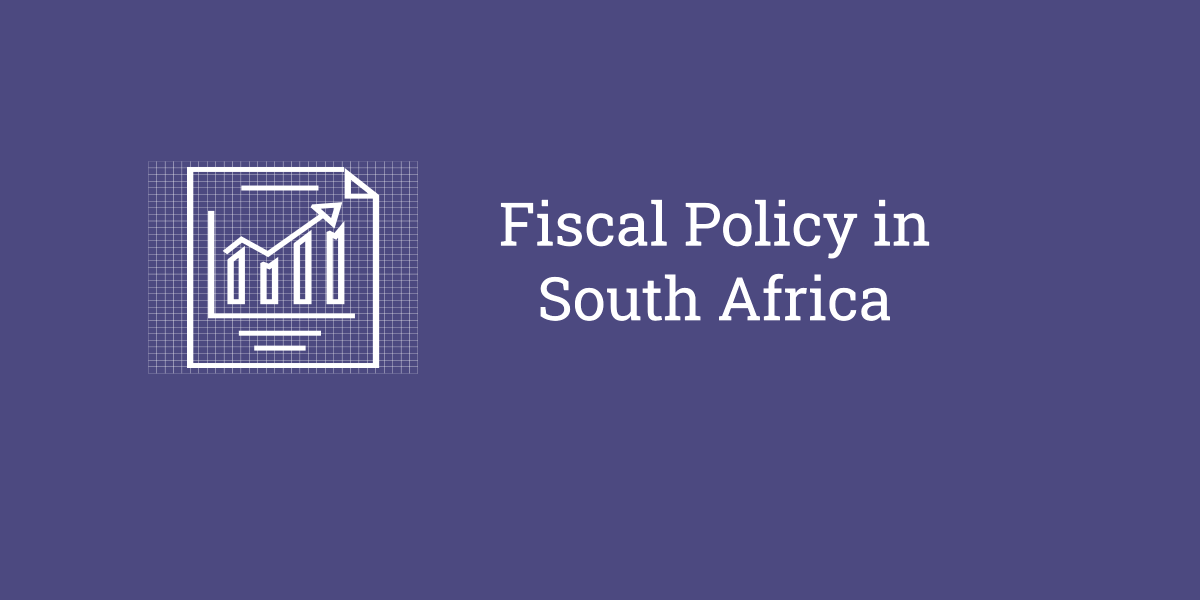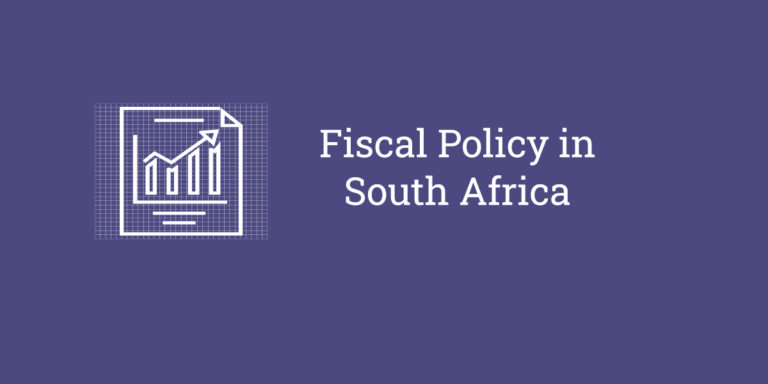What is to be done? Minister Pravin Gordhan asked the question in his inaugural budget speech. There was a slight pause after he asked the question. He then broke from the written text to say, “Some of you will know where that comes from.” The obvious reference was to the title of a political and theoretical article written by Lenin, and in so doing suggestive of a leftist orientation to the budget.
Minister Gordhan then went on to eloquently explain the exemplary objectives that Budget 2010 would seek to achieve, which could be summarised as creating a more equal society.
However, the more important question today is, “How are we to do it?” It is on this question, that the budget offers important signposts, but is far from a developed and coherent programme about how to utilise public expenditure to support the goals of a more equal society. In fairness though, Minister Gordhan has served as minister of finance for less than a year and a full budget cycle lasts at least eighteen months. In other words, argue his supporters, there may not have been enough time for him to put his stamp on the budget.
Yet, the controversial proposal for a wage subsidy to support youth employment gets the green light and is seen as the centrepiece of the budget. The proposal would provide employers with a means to claim back part of wages through the tax system. So far so good, one may argue. But, the caveat is that these workers would have minimal labour rights.
The wage subsidy proposal has the strong backing of business, as it assumes that a major reason for high youth unemployment is the high cost of entry-level salaries in unionised sectors. The proposal, however, in its current form is not supported by many civil society organisations, especially the trade unions. The major reason for labour anxiety is that the proposal is seen as the first step to a downward adaptation of labour rights. Clearly, it would tilt the balance of power in a seemingly perpetual debate on labour rights in South Africa.
Fundamentally and more importantly, the proposal is unlikely to work, at both a political and an economic level, to raise the incomes of the poor.
First, how low will wages drop before firms are induced to employ more young people and also support a living wage? Recent research on poverty by the South African Labour Development Research Unit (SALDRU) shows that using a poverty line of R949 per month, 70% of South Africans can be considered to be living in poverty.
The move by Treasury could thus be seen as bold in that it is seen to “take on” the unions in the national interest, but organised workers might be asking, “What sacrifices will the bosses be making?”
From an ethical and philosophical perspective, we would need to ask whether the proposal redistributes income from the almost poor (lower end workers in formal employment) to the very poor, but leaves the almost rich and very rich alone?
The logic of the proposal can thus be challenged from both a developmental and ethical perspective.
Moreover, it could be seen as a Trojan horse saddled with the “national interest” that has been brought in to review labour legislation.
Second, the political storm about the wage subsidy proposal is a strategic misstep by the Zuma administration that may scupper the vision for a shared growth path, as outlined by the Minister of Finance.
While the details of the proposal remain to be seen, some simple arithmetic – using the example of the poverty line of R949 per person – highlights the problem. Let us say that an employer is only willing to pay a paltry R500 per month and that the state pays R449 in response. The young worker performs admirably and the employer decides to continue employing him/her. However, the employer argues that he would only be able to pay R949 per month at a maximum, which is less than the minimum wage agreed to in most sectors.
At this point, a dual labour market is effectively entrenched in the minds of employers. Politically speaking, proposals that could create a dual labour market have resulted in the strongest campaigns from working class organisations against the Mbeki administration.
Curiously, such a controversial proposal sits together with the clarion call to build a national consensus on a shared growth path. In some respects, this might reflect the attribute of a developmental state, which has been termed “embedded autonomy.” In other words, government is embedded within the fabric of society and in particular within the strongest sections of society. However, at the same time, it has autonomy in making decisions.
In other words, big decisions in the national interest will occur in tandem with the crafting of a national vision.
The problem with this is that the current mix of economic proposals suggests not a brave government, but one unable to tackle the power of the largest economic interests in the country.
For instance, even if government had a centrist position to democratise the market, proposals would be significantly different.
How would one do this? A good starting point would be to recognise that the majority of African business owners are in the informal sector and constitute the largest category of business owners in South Africa, according to the Labour Force Survey.
Developing options for the formalisation of these businesses, including significant tax concessions to register, could provide a basis for strengthening entrepreneurial activity and changing racial ownership patterns in South Africa. Of course, in doing this it would be vital, as recent research shows, to recognise that not all informal businesses are survivalist, but that there are in fact successful businesses, which happen to be unregistered. It is by identifying these businesses that opportunities for significant wealth creation via the market could be created.
This could be a significant mechanism to change the composition of income by race over the next decade, yet the budget and government policy fails to recognise this.
But, doing this would also require tackling the very obvious contradiction between black economic empowerment (BEE) and employment creation. For example, a firm without a BEE rating that has labour absorbing potential, would not benefit under the current points system on tenders. However, a firm with a good BEE rating would have higher points, despite not having a strong focus on employment creation.
Thus, highlighting the need to create incentive schemes to support “labour intensive” bid players in the economy and procure goods and services from smaller firms.
Placing employment policy over every objective would in turn require addressing significant market failures. In particular, market failures related to the availability of credit and equity remain important limits to market-based business creation.
The central question that remains unanswered is whether current private sector banks and public sector development finance institutions can provide access to financing that is significantly more expansionary. This would require an overhaul of ‘qualification criteria’ for accessing loans and equity at these institutions. The challenge is significant, as during the height of the global economic crisis, South African banks moved extremely quickly to tighten lending, especially to small suppliers.
Any programme would have to deal with the central problem facing employment creation, which is that employers cannot increase employment without an increase in demand for their products. In this area, improving competition policy is critical for giving smaller players a fairer economic space to compete in.
Already collusion in the pricing of bread, milk and other basic commodities is being subjected to sanctions by competition authorities and tell the story of who has the power in markets.
Moreover, pricing in banking and telecommunications remains high. Large players in these industries determine pricing.
In addition, the demand for goods is primarily shaped by price and distribution networks, which are, in turn, controlled by dominant players.
The point to emphasis is that without creating a fairer economic playing field, the demand for the products of smaller businesses is unlikely to increase. Ultimately then the promise of increased employment via the small business sector will not materialise. To which we might add the quip, with or without a wage subsidy.
There is an ambiguity to these proposals that is important to flesh out. On the one hand, it could be termed an “economic deconcentration” or “economic justice” programme, as it offers a response to structural patterns of ownership. On the other hand, it recognises that the market will play a role in shaping our developmental outcomes. But, extending markets to poorer areas requires tackling power relations.
Such a programme would have wide support across the economy, and would be seen as a moderately left of centre economic programme, consistent with programmes undertaken in fast growing emerging economies.
Similar initiatives are commonplace internationally, flowing from contemporary progressive development policy. For instance, Roberto Unger calls for a decentralised alliance between government and the ‘little guy’ in the economy. It also sits comfortably within the paradigm-breaking work of Amartya Sen, quoted by Gordhan, who argues for a focus on ‘improving capabilities’.
However, in each of these perspectives, there is an equal emphasis on social mechanisms to break structural poverty, which would expand opportunities for the poor and their entry into a more equal market place.
The problem with the current budget is that there is little to signal such a programmatic focus. It would be easy to blame this on the National Treasury, but in reality it is a much wider problem, which cuts across the many economic policy departments.
Hopefully, in searching for a growth path, we may find better answers to the question of how we meet our developmental goals. But, the answers provided by budget 2010 do not form the basis for creating an economic democracy.
This article was first published under creative commons license on South African Civil Society Information Service website.


